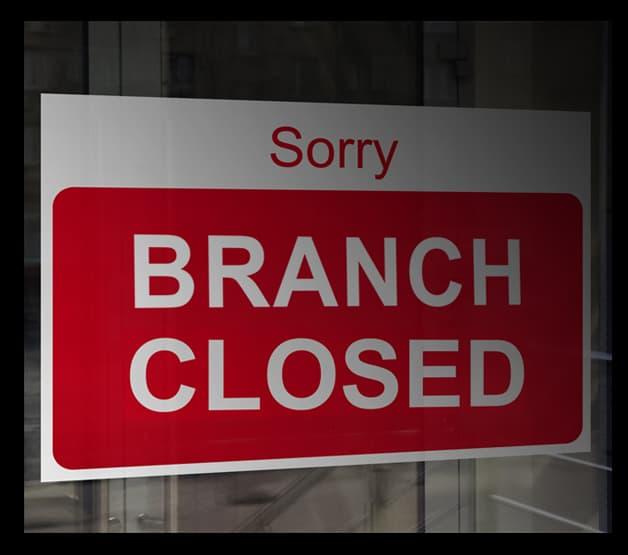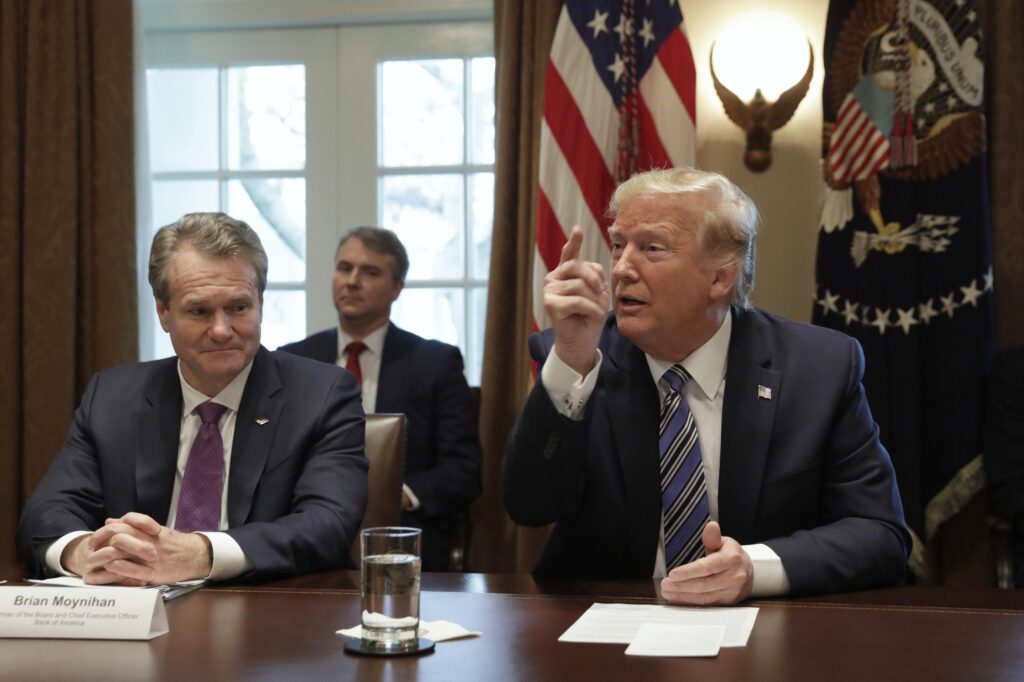In the labyrinthine world of financial power and political drama, Donald Trump has once again thrust himself into the spotlight, alleging a systematic exclusion from the banking ecosystem. As the White House readies an executive order addressing what Trump claims is systemic discrimination, the narrative weaves through complex intersections of personal grievance, regulatory scrutiny, and the broader landscape of institutional financial practices. Against a backdrop of ongoing legal battles and political tensions, the former president’s accusations of banking marginalization promise to reignite debates about power, access, and the unwritten rules of America’s financial institutions. The former president’s allegations of financial marginalization have reignited discussions about institutional banking practices and potential political retaliation. During recent public statements, Donald Trump claimed several major financial institutions systematically denied him standard banking services, suggesting a coordinated effort to undermine his economic standing.
Multiple sources indicate the White House is preparing an executive order addressing what Trump describes as discriminatory banking behaviors targeting high-profile political figures. The proposed directive could potentially introduce stricter regulations preventing financial institutions from making decisions based on political affiliations or ideological differences.
Banking industry experts have expressed mixed reactions to these claims. Some argue that financial institutions maintain the right to manage risk independently, while others suggest potential systemic biases might exist within corporate decision-making frameworks.
Legal analysts suggest the executive order could significantly reshape how banks evaluate and manage client relationships. The potential regulation might require transparent criteria for account management and lending decisions, potentially limiting discretionary practices that could be perceived as politically motivated.
Trump’s assertions stem from recent experiences with several prominent financial institutions that reportedly distanced themselves from his business interests.These actions follow numerous legal challenges and investigations surrounding his financial activities, creating a complex narrative of institutional interactions.
The proposed executive order could introduce unprecedented oversight mechanisms, compelling banks to provide detailed explanations for account-related decisions. This approach might establish new precedents in financial openness and client protection.
Financial technology experts believe the potential regulation could have broader implications for corporate banking practices. The directive might necessitate more complete risk assessment protocols that prioritize objective evaluation over subjective interpretations.
Congressional discussions surrounding the potential executive order remain intense, with politicians from various ideological backgrounds offering divergent perspectives. Some view the proposal as a necessary safeguard against potential institutional discrimination, while others perceive it as an needless intervention in private sector operations.
The banking industry’s response remains cautious, with major financial institutions carefully monitoring the developing situation. Potential legal challenges and regulatory complexities suggest a prolonged debate about the proposed executive order’s scope and implementation.
As the narrative unfolds, the intersection of political influence, financial practices, and regulatory frameworks continues to generate significant public interest and speculation about future banking landscape transformations.








